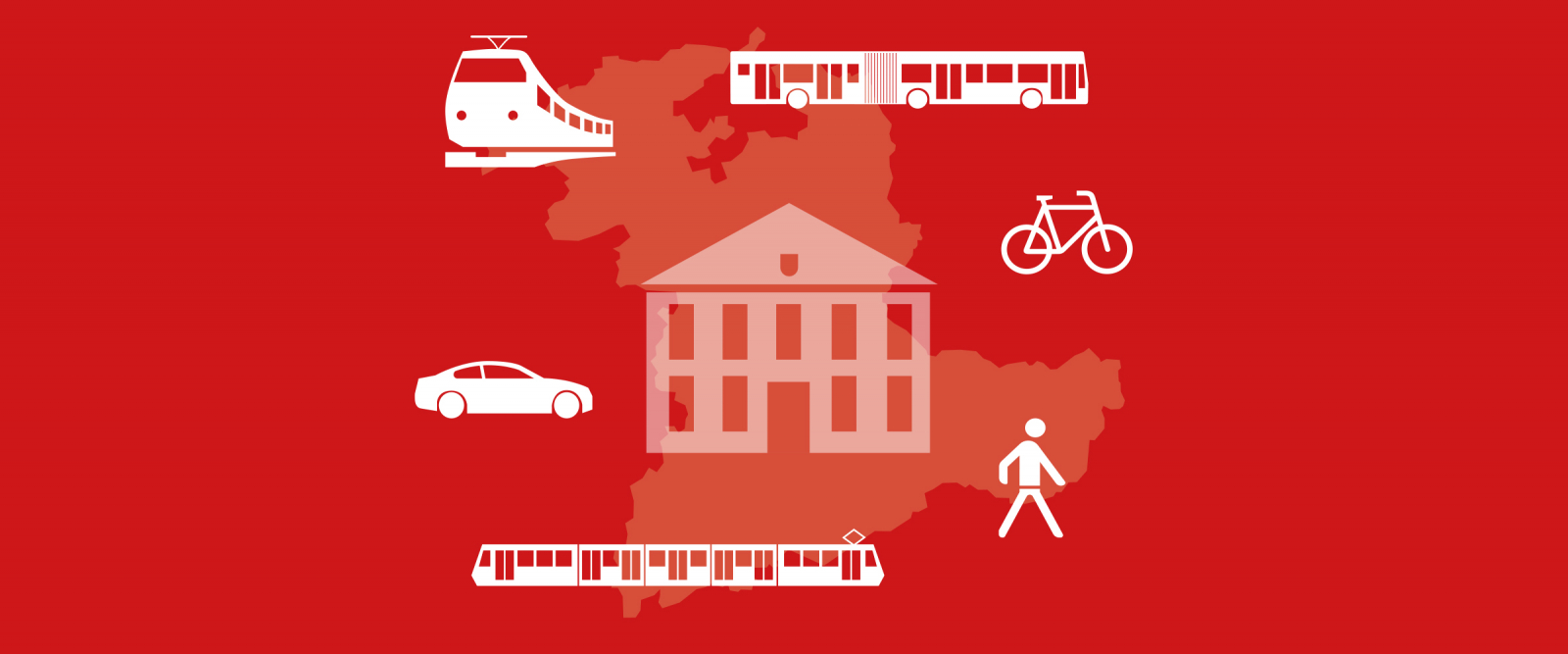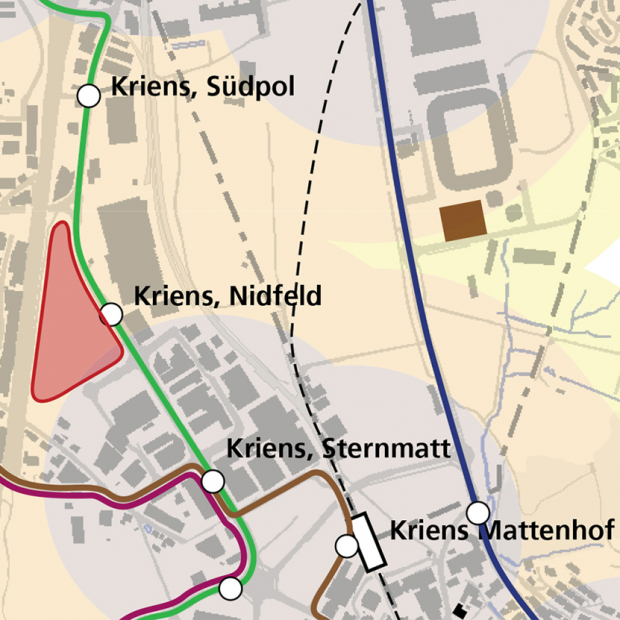

Mobility management for the administrative offices of the Canton of Bern
Working on behalf of the Canton of Bern’s Government Council, EBP has developed a mobility-management plan. The aim of the plan is to promote public transport as well as walking and cycling, and reduce personal motorized vehicle use for commuting and business travel.
According to the General Mobility Strategy introduced by the Government Council of the Canton of Bern in 2008, the main goal is to secure energy-efficient means of transportation with as little reliance on non-renewable resources as possible. Progress towards this goal is to be made by shifting the modal split in favor of public transportation and both pedestrian and bicycle traffic by ten percent by 2025.
What is mobility management?
One of the key pillars to achieving the stated goals is the introduction of a mobility-management plan (MMP) for the canton’s various administrative offices. The purpose of the MMP is to promote sustainable, more environmentally-friendly forms of mobility. In particular, suitable measures are to be introduced to promote the use of public transportation and pedestrian and bicycle traffic. Examples of such measures include the following:
- Making discounted public-transportation fares available to employees or introducing a mobility bonus for employees who select sustainable means of transportation
- Providing company bicycles or e-bikes
- Providing bicycle repair services free of charge at the workplace
- Introducing expense allowance regulations for using sustainable means of transportation for business travel
Other measures are geared to reducing non-essential motorized transportation in general. These include:
- Introducing employee parking fees
- Introducing discounted parking fees for employees who participate in carpooling arrangements
- Promoting home-office work, mobile work and telephone and video conferencing
Procedure
EBP proceeded as follows to develop the MMP for the administrative offices of the Canton of Bern:

We began by soliciting key information from the various offices of the cantonal administration. In order to do this, we formed a project committee comprised of representatives of each of the relevant administrative offices and organized regular workshops for the committee members.
Current-state analysis
In order to ensure the effectiveness of its MMP, EBP completed a detailed analysis of the current state and the specific needs of the Canton of Bern’s various administrative offices. For instance, we determined the extent to which the various office locations could be reached using means of public transportation, in what circumstances vehicles were made available for business travel, how many parking spaces were available to the employees and whether the employees were charged any fees for parking.

Determination of practical guidelines
We evaluated the existing conditions and the canton’s stated transportation policy to arrive at a set of practical guidelines that were to be borne in mind when drafting the specific measures for the MMP. These practical guidelines include the following:
- Promote sustainable commuting and business-travel practices.
- Focus on target groups that would have a major impact on overall sustainability if they could be encouraged to accept alternative commuting and business-travel practices.
- Concentrate on a few game-changing measures.
Drafting of measures
Based on the practical guidelines and our prior analyses, we drafted a total of 22 measures. These measures concern the following areas:
- Internal and external communication
- Public transportation, pedestrian and bicycle traffic
- Lowering use of private motor vehicles and unnecessary transportation in general
- Adaptation of existing regulations and guidelines
We documented each of the measures in a measures catalogue, supplementing them with instructions for their implementation. The instructions address issues such as the following:
- Timeframe for implementation
- Impact and costs (in terms of time and financial resources)
- Target groups (commuters, business travelers, visitors)
- Main means of transportation concerned
- Notes on implementation in the various types of offices
The implementation of the measures is to be managed by the various administrative offices without external support.









